Drappier
Represented by Michel Drappier, Charline Drappier, & Hugo Drappier
This well-known house was founded in 1808 in the village of Urville, in the Bar-sur-Aubois, but their grapes were initially sold to major houses in the Marne such as Piper-Heidsieck and Moët & Chandon, and it wasn’t until the early 20th century that Drappier began to bottle Champagne. At this time, the Aube was largely planted with Gamay, and Georges Drappier was the first in his region to widely plant Pinot Noir, earning the nickname “Père Pinot”. Georges son André expanded the Champagne business in the mid-20th century, launching the house’s Carte d’Or cuvée in 1952, and the house would gain renown in the following decade for being the preferred Champagne of Charles de Gaulle. Since 1979, André’s son Michel has been at the helm of the house, representing the seventh generation of his family to grow vines in Urville.
Drappier owns 53 hectares of grapes in Urville and three of the surrounding communes in the Bar-sur-Aubois, and 70 percent of the house’s vineyards are planted with Pinot Noir. An additional 40 hectares are rented, including a small portion of vines in the Marne, and Drappier supplements these with additional purchases of grapes. A strong focus is placed on natural viticulture, and the house’s vines, as well as a portion of the rented parcels, are treated with organic composts made in-house, as well as organically-certified fertilizers. The only concession made is in the treatment of mildew, where some synthetic products may be used if necessary: “If I have to choose, I would rather have a healthy vine than an unhealthy but completely organic one,” says Michel Drappier.
In the cellar, fermentation takes place in stainless steel tanks, and an array of tanks of many different sizes allows for various parcels to be vinified separately. “We adapt the vinification to the parcel, not the reverse,” says Drappier. A portion of the wines for the Grande Sendrée and the vintage cuvée are aged in 5,000-liter foudres made of fine-grained, Tronçais oak, and can spend between six and 18 months in wood, depending on the individual wine. These are only aged in wood, not fermented: "We tried fermenting in foudre in 2002," says Drappier, "but I think it extracts too much oakiness." In addition, wooden casks made of more porous Limousin oak are used to age the liqueur d'expédition that the house uses for dosage. Unusually, Drappier uses very old wines for the liqueur—after aging in oak, they are put into large, glass demijohns for further aging, and can stay in these for up to 25 years.
A great deal of attention is placed here on reducing the amount of sulfur used, and since 2000, Drappier has been experimenting with making a Champagne entirely without added sulfur, from harvest all the way through bottling. While the first few trials were unsuccessful, he eventually achieved satisfactory results, and the first Brut Nature Sans Soufre was released in 2007. “We don’t want to make all of our wines without sulfur,” says Drappier, “but at the same time, this experiment has helped us to lower the level of sulfur across the range, and to better understand how it affects the wine.” Today, the levels of sulfur are unusually low even in the rest of the range, with about 20 milligrams of total sulfur and five free.
In Urville, Drappier has beautiful old cellars that date back to the 12th century, which used to belong to the abbey of Clairvaux in the Middle Ages. However, these cellars are not very deep, due to the high water table in the area, and although there are brand-new cellars that have been dug into the hillside behind the winery, the main cellars for aging are actually located in Reims. Drappier also has the unusual distinction of being the only house in Champagne to do the prise de mousse, or second fermentation, in all bottle formats, starting from the 375-ml half-bottle and going up not only to Nebuchadnezzar (15 liters, or 20 bottles), as some houses do, but even beyond, all the way up to Melchizedek (30 liters, or 40 bottles).
Information courtesy of Peter Liem's ChampagneGuide.net ©

